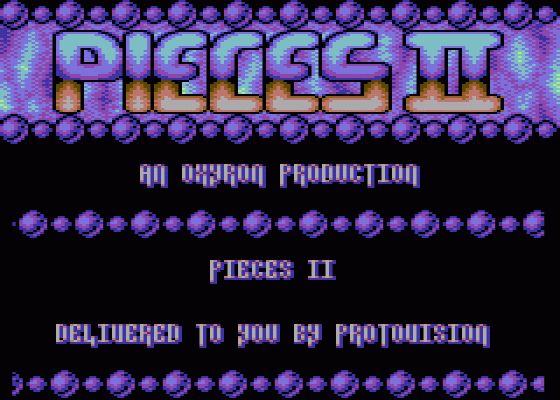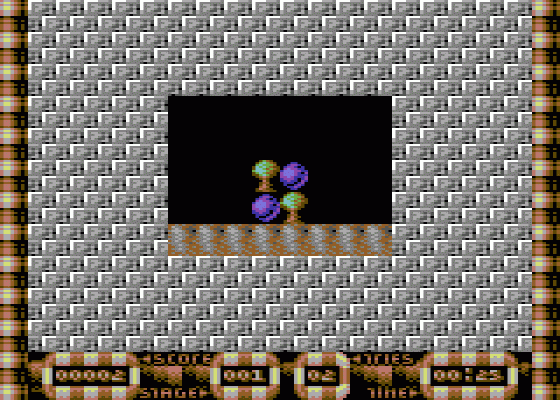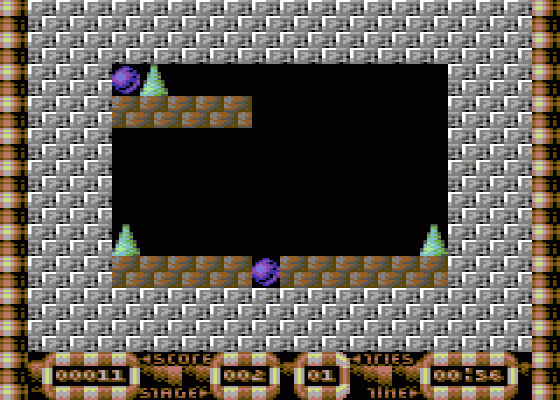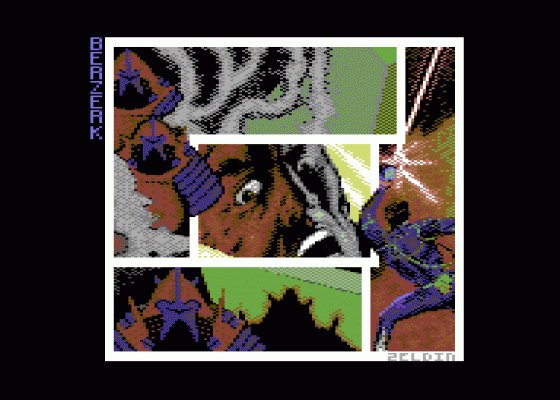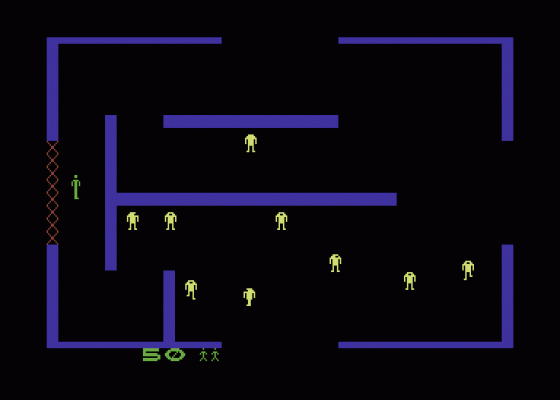
Micro Mart
 22nd May 2010
22nd May 2010
Categories: Retro Gaming
Author: Shaun Bebbington
Published in Micro Mart #1116
Shaun returns with some more news from the weird wired world of retro
Retro Mart: Multi-Pac
After over eight years since its inception, Protovision's multiplayer Pac-Man-inspired game has been dusted off and is back in progress. Pac-it, for the Commodore 64, is played by up to four people (using Protovision's or any other compatible adapter allowing two additional joysticks to be plugged into the C64 or 128), and has a lot of twists on the original, like locked doors and power-ups that will allow your animated pizza-base to jump walls, ghosts and other such things.
Allowing up to four players makes this quite a unique co-operative game, at least in 8-bit terms, and fortunately there's a playable preview for you to try, should you have the relevant adapter (available from Protovision's online store).
Also in development from the C64 publisher is the puzzle game Pieces II, which isn't actually a sequel, because (unless Google translation is completely wrong) it's described as the "first legitimate implementation of this project". As to how legitimate, I don't know, but it seems that the rights holder is allowing this version to be developed. I should point out that I don't know how or where the original exists; the only game I could find called Pieces was a simple platform and not a puzzle one. Anyway, to get the latest, head over to Protovision, where you'll find a link to any available playable demos.
640 Bytes Ought To Be Enough....
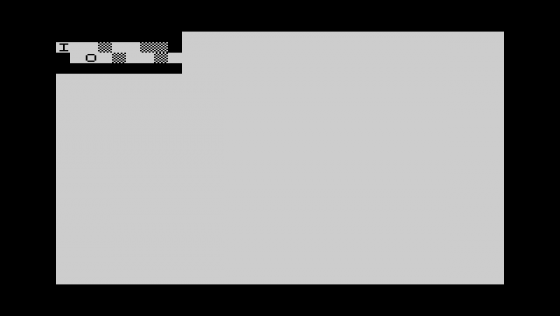
So the Sinclair ZX81 has just over 640 bytes free for the user on an unexpanded machine (total 1KB, with about 900 bytes free from BASIC if you're interested), and it's quite incredible what this unsophisticated monochrome micro can do, though most entertainment software requires a 16KB RAM pack to be connected to the back.
Anyway, Malcolm Tyrrell has developed a puzzle game containing 30 whole levels for the unexpanded machine, with the program being a massive 935 bytes of RAM, and using a clever memory-saving technique, which even allows a title-screen to be included. It's called 1K MazezaM, and can be loaded into your favourite emulator or real machine with the PC tool 81PToWav. The task is to get from one side of the maze to another by moving the different walls and chambers. If you like logical, thought-provoking games, this is for you. To get the tape image, head over to tinyurl.com/1k-mazezam, and to use your PC as a virtual cassette player, try tinyurl.com/344c2kl
Going Berserk
Game: Berserk Redux v1.8
Price: Free to download
Developer: Martin Piper - www.wellytop.com/C64.html
Publisher: Self published
Platform: Commodore 64/128
Martin Piper's Berserk Redux is an almost pixel-perfect arcade version of the original coin-operated machine released from way back in 1980 and created by Alan McNeil. Berserk was one of the original arena blasters which, despite having simplistic graphics, boasted superb synthesised speech - back then hearing such electronic magic must have made it worth emptying your pockets of those over-sized 10p pieces, if you recall how big they were.
Thankfully, Berserk was not a one-trick pony, containing 64,000 screens and a rather simple and fun game mechanic. You controlled a trapped humanoid who must be helped to avoid the walls, the roaming robots and the Evil Otto. You're armed with a directional laser, though this will have no effect on either the walls of Otto should he appear. Martin has done a great job with Berserk Redux. The difficulty increases fairly but not because your on-screen robotic foes become more intelligent, but simply speed up and are more trigger-happy. For a game that depends on so many random events, it's weighted so it doesn't feel unfair or too unpredictable to a point were it's also unplayable. If you want simple and progressively frantic and fun blaster, you could do much worse than this.
This article was converted to a web page from the following pages of Micro Mart #1116.

